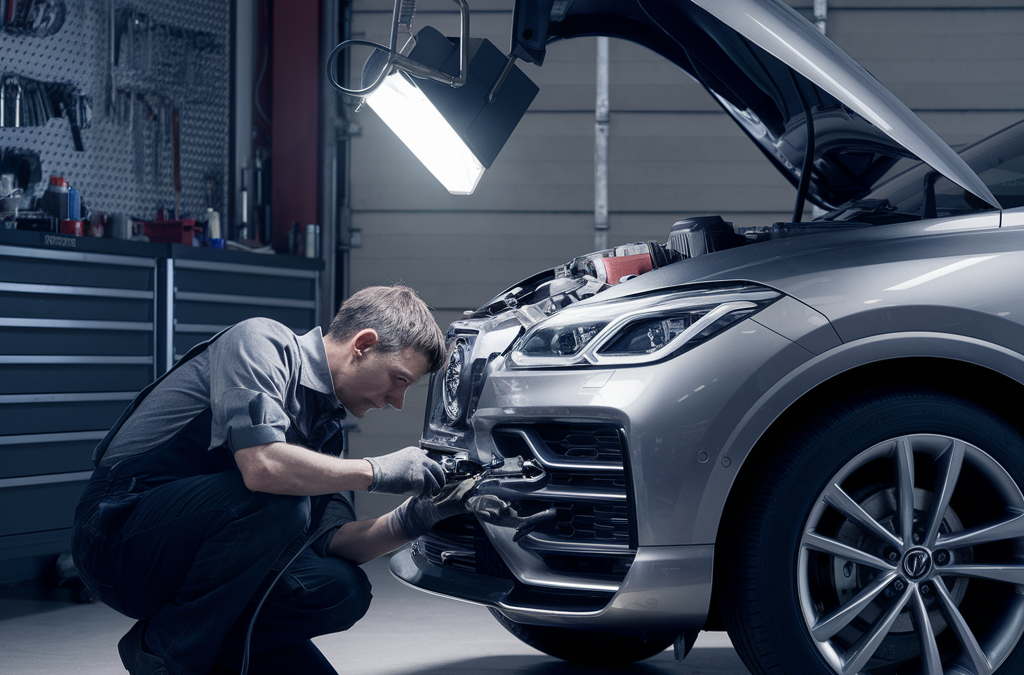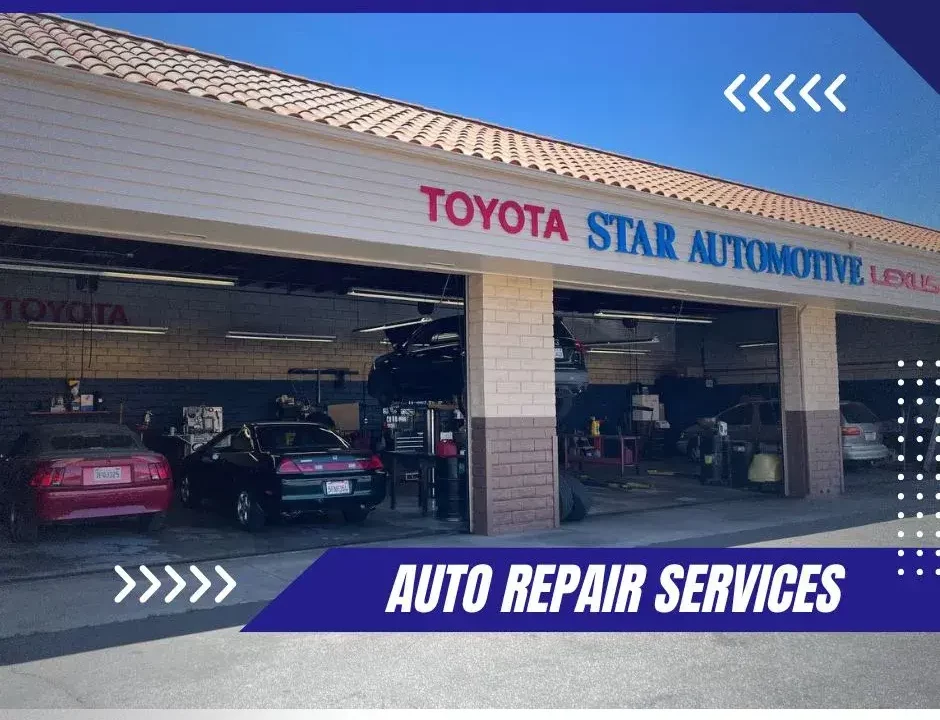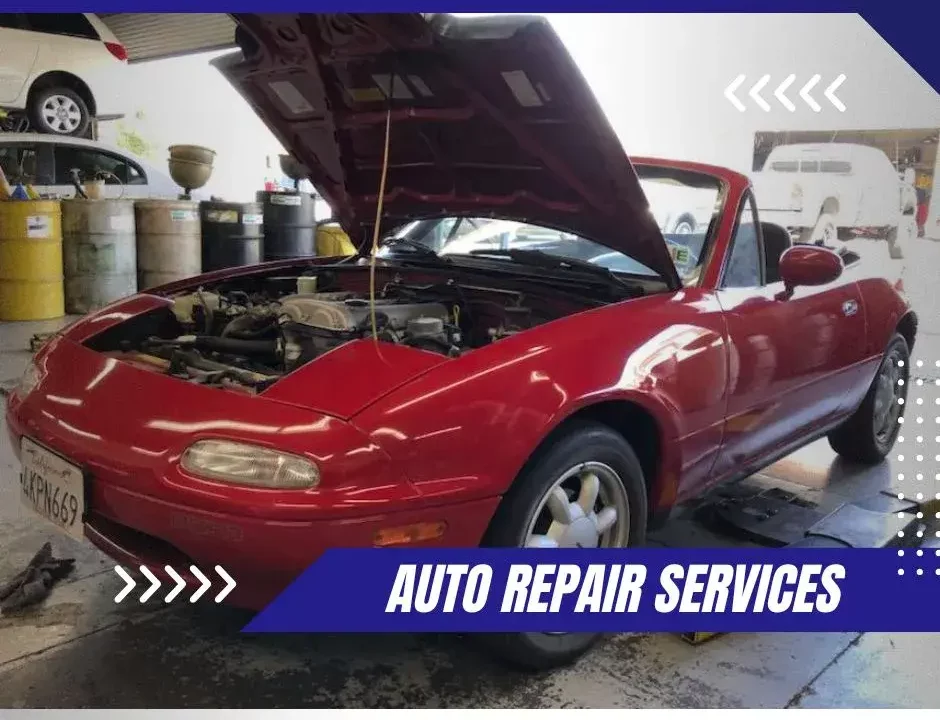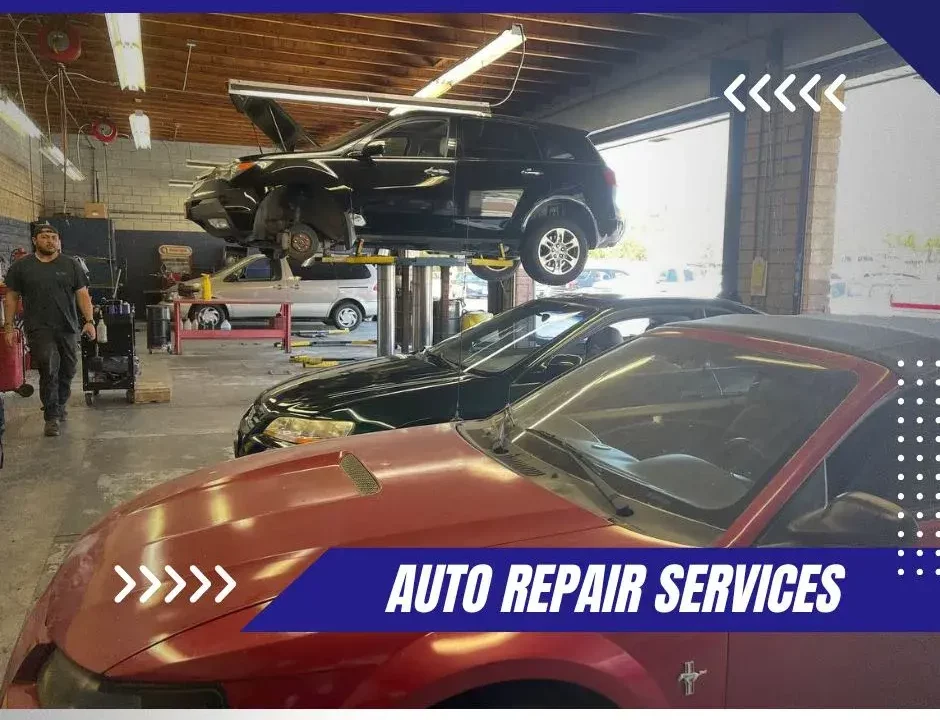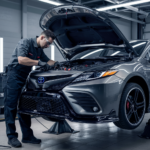
Engine Misfires in Toyota Vehicles: Causes and Solutions
August 11, 2024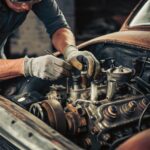
Engine Block Cleaning Techniques for Optimal Performance
August 11, 2024Embarking on the journey to rebuild an auto repair requires not only a solid grasp of mechanical fundamentals but also an unwavering commitment to precision and detail. The initial step involves meticulously preparing the workspace, ensuring all necessary tools and materials are neatly organized and readily accessible. As you dismantle the engine, each component must be cataloged and assessed for wear or damage, a process that is both critical and revealing. While the cleaning of each part might seem mundane, it is in these details that potential issues can be preemptively addressed, setting the stage for the intricate reassembly phase where precision alignment and careful reinstallation of parts will play pivotal roles in the overall success of the rebuild. What unfolds next in the reassembly process is crucial, and understanding the interplay of engine components will prove indispensable.
Preparing for Engine Rebuild
Before commencing an engine rebuild, it is crucial to meticulously organize your workspace and gather all necessary tools and components to ensure a smooth and efficient process. Initiating an engine rebuild requires not just technical skill but also a highly methodical approach to preparation. First, securing a clean, well-lit area is fundamental. This space should be free of contaminants that could interfere with mechanical components.
Equally important is the inventory of tools. Essential tools include a set of wrenches, screwdrivers, a piston ring compressor, a torque wrench, and engine hoist. These tools should be laid out in an organized manner, preferably labeled for easy accessibility. Additionally, investing in magnetic trays for storing small metal components can prevent loss during the rebuild.
Next, arrange all engine components and new parts systematically. This might involve categorizing parts into groups such as seals, gaskets, bearings, and pistons. Such categorization not only aids in a smoother workflow but also minimizes the risk of errors during assembly.
Executing the Rebuild Process
Having prepared your workspace and organized your tools and components, the next step in the engine rebuilding process is to disassemble the engine carefully, ensuring each part is cataloged and set aside for inspection and cleaning. Begin by methodically removing the external components such as the intake manifold, exhaust manifold, and all belt-driven accessories. This meticulous approach ensures that every component is accounted for and evaluated for wear or damage.
As you delve deeper into the engine, pay particular attention to the condition of the gaskets and seals. Each of these plays a crucial role in the engine’s performance and their integrity must not be compromised. Utilize proper techniques to remove the cylinder head, pistons, and connecting rods, maintaining a keen eye for any signs of stress or fatigue.
Once the engine is fully disassembled, commence the cleaning process. Each part should be cleaned using the appropriate solvents and tools to remove any accumulated grime and carbon deposits. This step is not only essential for assessing the condition of each component but also prepares them for reassembly.
Rebuilding an engine is not just a task, but a journey that you embark on with fellow enthusiasts. Through sharing experiences and solutions, you become part of a community that values precision and dedication.
In conclusion, the task of auto repair, while daunting, can be likened to fitting together an intricate puzzle. Each piece, cleaned and inspected, must align perfectly to ensure the machinery’s smooth operation.
Diligence in preparation and execution lays the foundation for a successful rebuild. Engaging with a community of like-minded enthusiasts not only fosters a deeper understanding but also enhances the precision and reliability of the entire process, ensuring that no stone is left unturned.
Next article
